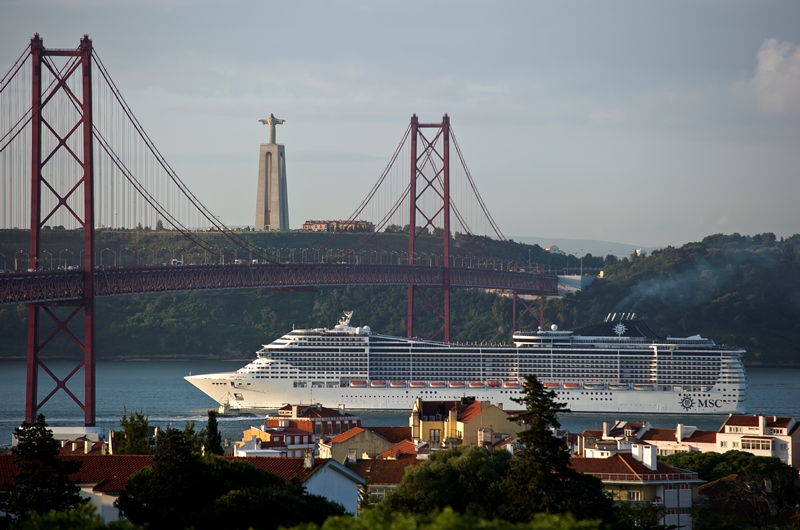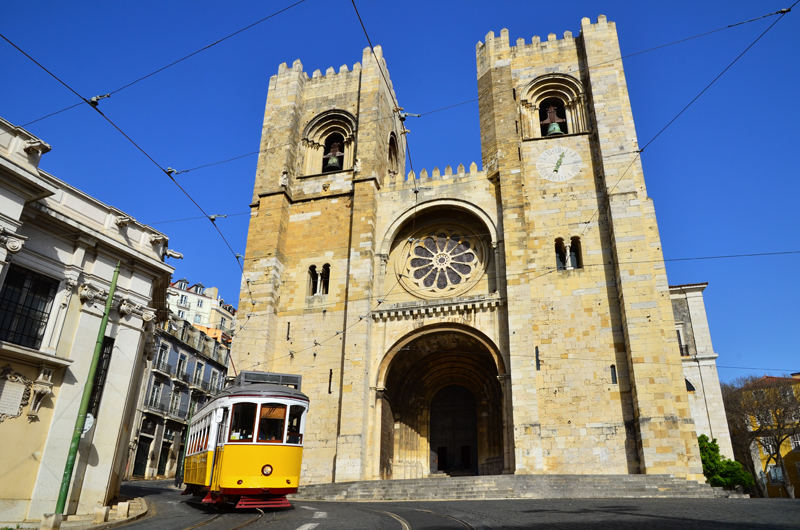Gold Sponsorship


Bronze Sponsorship
Technical Exhibition
Partners


Media Partners



.jpg) |
| Magazine of Concrete Research Construction Materials |
TAP Agreement
ICAAR2021 will take place in Lisboa, at LNEC.
LisboaLisboa is the capital and largest city of Portugal.
Lisboa is situated at 38 degrees, 43 minutes north, and 9 degrees, 8 minutes west, making it the westernmost capital in Europe. It is located in the west of the country, on the Atlantic coast at the point where the river Tagus (Portuguese Tejo) flows into the Atlantic Ocean.
The historic centre of Lisboa is built on seven hills, making some of the city's streets too steep for motor vehicles and bicycles; the city is served by three funicular services and one elevator. The western side of the city is mainly occupied by the Monsanto Natural Park, one of the largest urban parks in the world.
-
Links:
- Visit Lisboa http://www.visitlisboa.com/Home_UK.aspx?lang=en-GB
- Tourist & Travel Guide https://www.lisbon.net/
- Lisboa Tourism Guide - GoLisboa http://www.golisbon.com/
History of Lisboa
Lisboa’s history dates back to 300,000 years ago. However, it emerged as a nation state in the early 12th century and ranks as one of the world's longest founded cities. As the legend tells, it is a city founded and named by Ulysses as Ulissipo or Olissopo, which has its origins in the Phoenician words "Allis Ubbo", meaning "enchanting port". It is from there, according to legend, that Lisboa got its name.
Early history of Lisboa was a battlefield for Phoenicians, Greeks and Carthaginians, however it was Romans who started their two-century reign in Lisboa in 205 BC. During Romans period, Lisboa became one of the most significant cities in Iberian Peninsula and renamed Felicitas Julia.
In 714, the Moors arrived to peninsula and resisted against Christian attacks for 400 years. When the Christians finally recaptured the city, it took one more century to repel all the Moors from the peninsula.
The 15th century was the point of departure for the Portuguese Discoveries, an era during which Portugal enjoyed abundant wealth and prosperity through its newly discovered off shore colonies in Atlantic islands, the shores of Africa, the Americas and Asia. Vasco da Gama's famous discovery of the sea route to India marked this century. Lisboa was then world's most prosperous trading centre. Furthermore, many attractions of the city at present such as Mosteiro dos Jerónimos and Torre de Belém, both classified by UNESCO as World Heritage Sites, were built during this period.
However, this era didn’t take long: the earthquake of 1755 destroyed nearly entire city. The city was rebuilt by the Marquês de Pombal, who thus created the Baixa Pombalina, a commercial area that still attains attraction. In the 19th and 20th centuries, the city spread progressively to the North and areas such as the Avenidas Novas (New Avenues) were added.
Today, Lisboa is one of the most beautiful capitals of Europe while still maintaining the marks of its early glorious history.
- Links:
- Short History of Lisboa http://www.lisbon-tourism.com/en/short-history-of-lisbon.html
- 20 Top-Rated Tourist Attractions in Lisboa http://www.planetware.com/tourist-attractions-/lisbon-p-lisb-lisb.htm

FADO
Fado is currently a world wide known symbol of Portugal, being represented for many years in foreign countries by Amália Rodrigues, and more recently by Camané, Mariza or Carminho among others. Throughout the world, to the name of Portugal, there were two things immediately referred: the Fado and soccer. Although taking many forms, as it is sung differently in Porto, Coimbra and Lisboa, the Fado is, by self-earned right, the very expression of the Portuguese soul.
- Links:
- The history of Fado http://www.lisbon-guide.info/about/fado
- Fado. The people’s soul https://web.fe.up.pt/~fado/eng/index-eng.html
- Museu do Fado http://www.museudofado.pt












